At the Top of the Hill




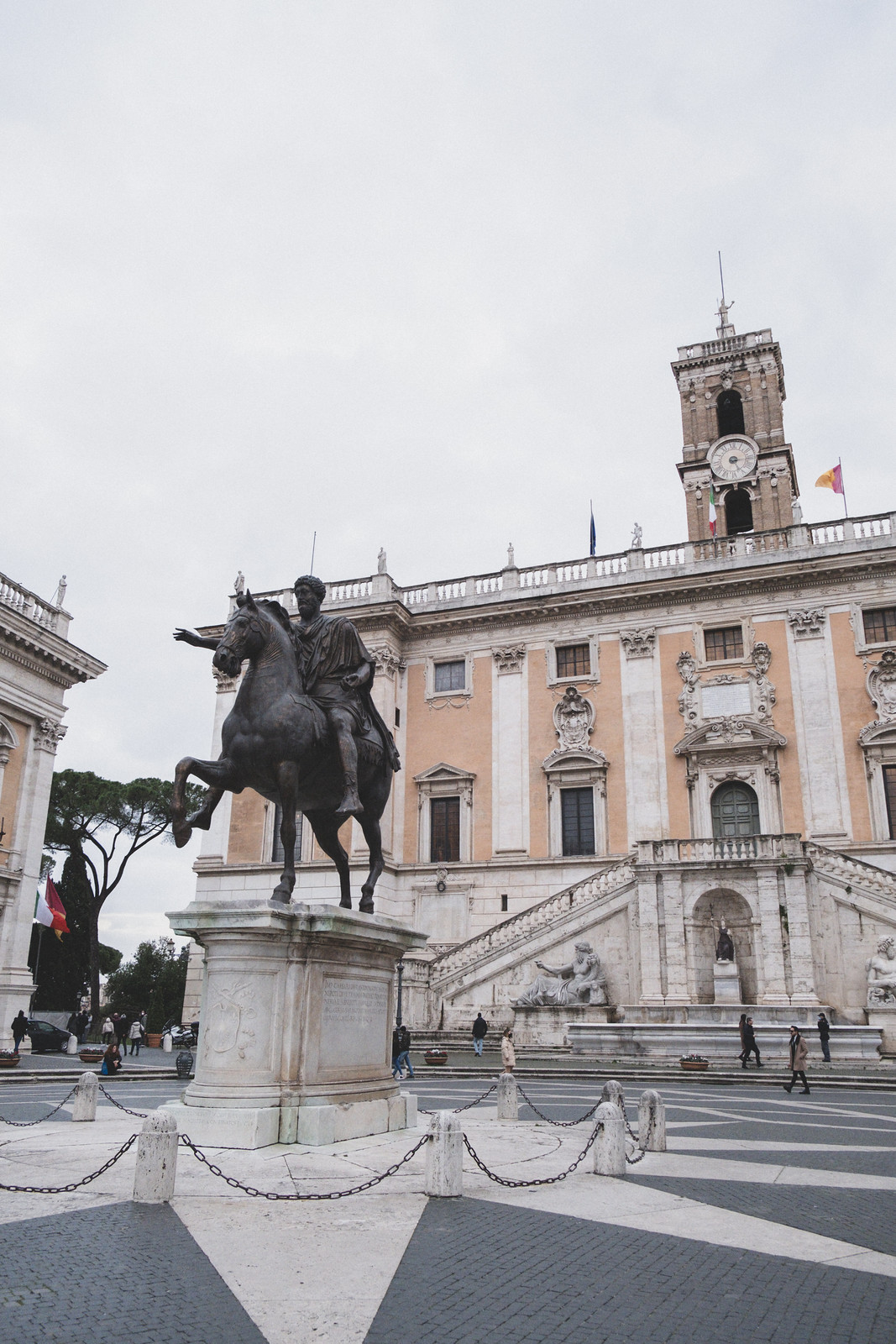
While I have written about the Campidoglio before, I failed to mention last time that the plans for the piazza as designed by Michelangelo also included the façades of the surrounding buildings. These buildings include the Palazzo Senatorio directly behind the copy of the statue of Marcus Aurelius, as well as, if we face the statue, the Palazzo Nuovo to the left, and the Palazzo dei Conservatori to the right.

The Palazzo Senatorio sits atop the Tabularium, which once housed the archives of Ancient Rome. Today, the building houses the City Hall of Rome, after Giovanni Battista Piranesi turned it into a residence in the 18th century.


The Palazzo Nuovo and the Palazzo dei Conservatori house the collections of the Musei Capitolini. While Michelangelo himself completed the façade of the Palazzo dei Conservatori, the façade for the Palazzo Nuovo was only completed a century later, following his blueprints. In essence, the new palazzo was turned into a mirror image of Michelangelo’s original work.



Musei Capitolini
The Capitoline Museums is a group of museums housed in both the Palazzo dei Conservatori and Palazzo Nuovo. The museum’s history began in 1471, when Pope Sixtus IV donated his collection of ancient bronzes to the people of Rome, which went on to be housed in the Capitoline Hill. The museum opened to the public in 1734 under Clement XII, and as such it is considered to be one of the oldest museums in the world.



Since then, the collection has grown with the addition of ancient Roman statues, a collection of Medieval and Renaissance art, and a treasury of jewels, coins, and other items. The Palazzo dei Conservatori (I did not visit the Palazzo Nuovo) holds mostly collections of ancient sculpture, including Roman, Greek, and Egyptian works.

The Colossus of Constantine was a gigantic statue depicting the Roman Emperor Constantine the Great. It was originally housed in the Basilica of Maxentius, located on the Via Sacra in the Roman Forum. From what has survived, we can estimate that the seated statue would have been about 12 meters (40 feet) high, with a head of about 2 1/2 meters (8 feet), and feet over 2 meters (6 feet) long. The statue was pillaged in Late Antiquity to obtain its bronze body portions, and the remaining marble bits were moved to the Palazzo dei Conservatori while Michelangelo worked in the nearby area.




The Capitoline Wolf, copies of which litter the world, depicts a scene from the legend of the founding of Rome, where a wolf suckles Romulus and Remus, saving them. While the statue has long been believed to be Etruscan in origin, with the figures of the infants a Renaissance addition probably by Antonio del Pollaiuolo, new research suggests that it may have been cast in the 11th-12th century. This new information is inconsistent, however, as it has been pointed out that the type of metal used was obtained from mines not active during Medieval times.


The statue of Marcus Aurelius was created in 175 CE out of bronze, though its original location is debated, and options include the Roman Forum and the Piazza Colonna, as well as a site no longer extant, and which currently holds a vineyard. This statue is the only surviving bronze statue of a pre-Christian emperor (though the Regisole may have been another; sadly, it was destroyed during the French Revolution), as they were normally melted down to be used for coinage and other sculptures. The reason for its survival is that it was incorrectly identified as a statue of Constantine, the first Christian emperor, and so preserved out of respect. The statue was eventually placed on the Piazza del Campidoglio when Michelangelo worked on it, and it was moved to the interior of the museum in 1981.








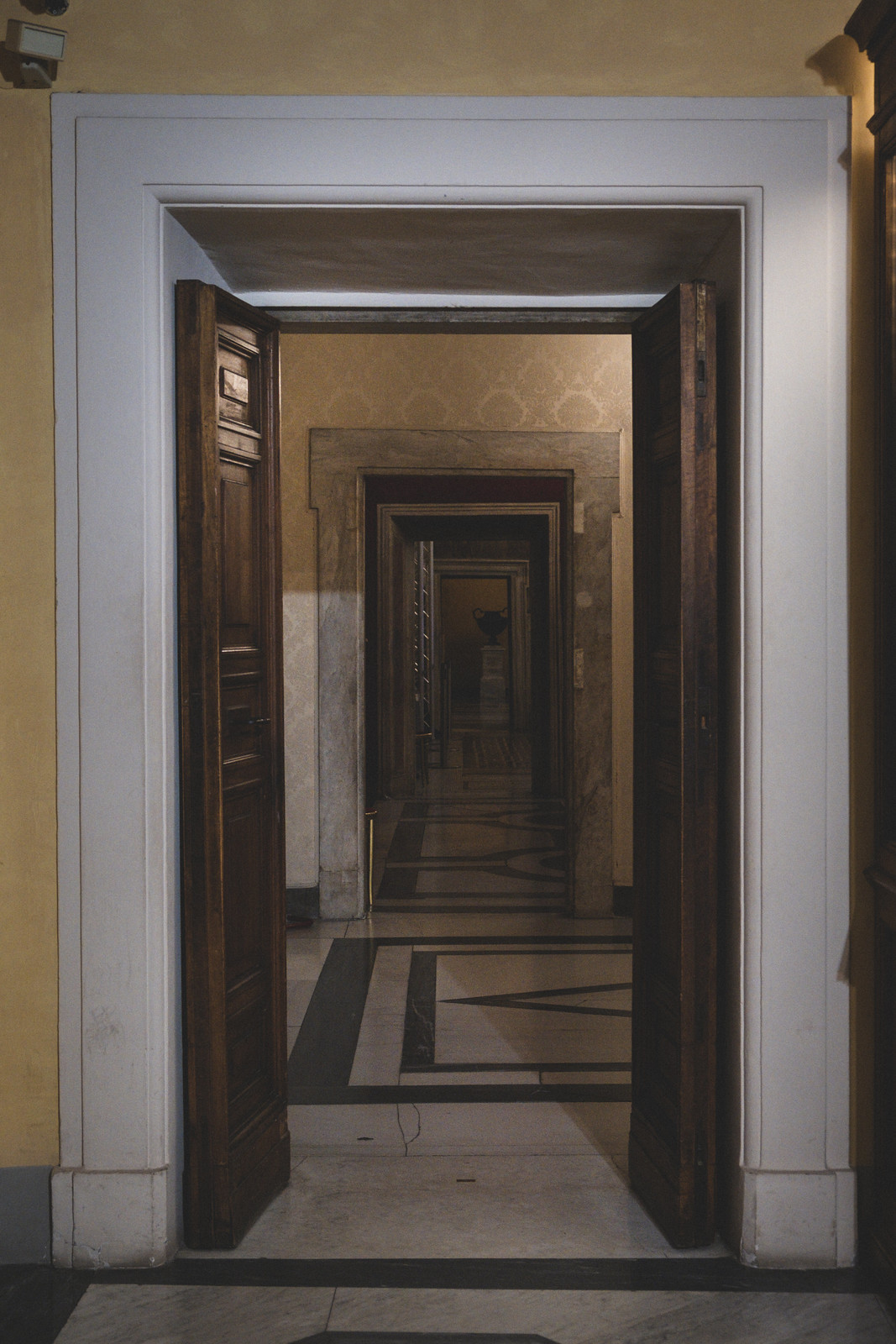


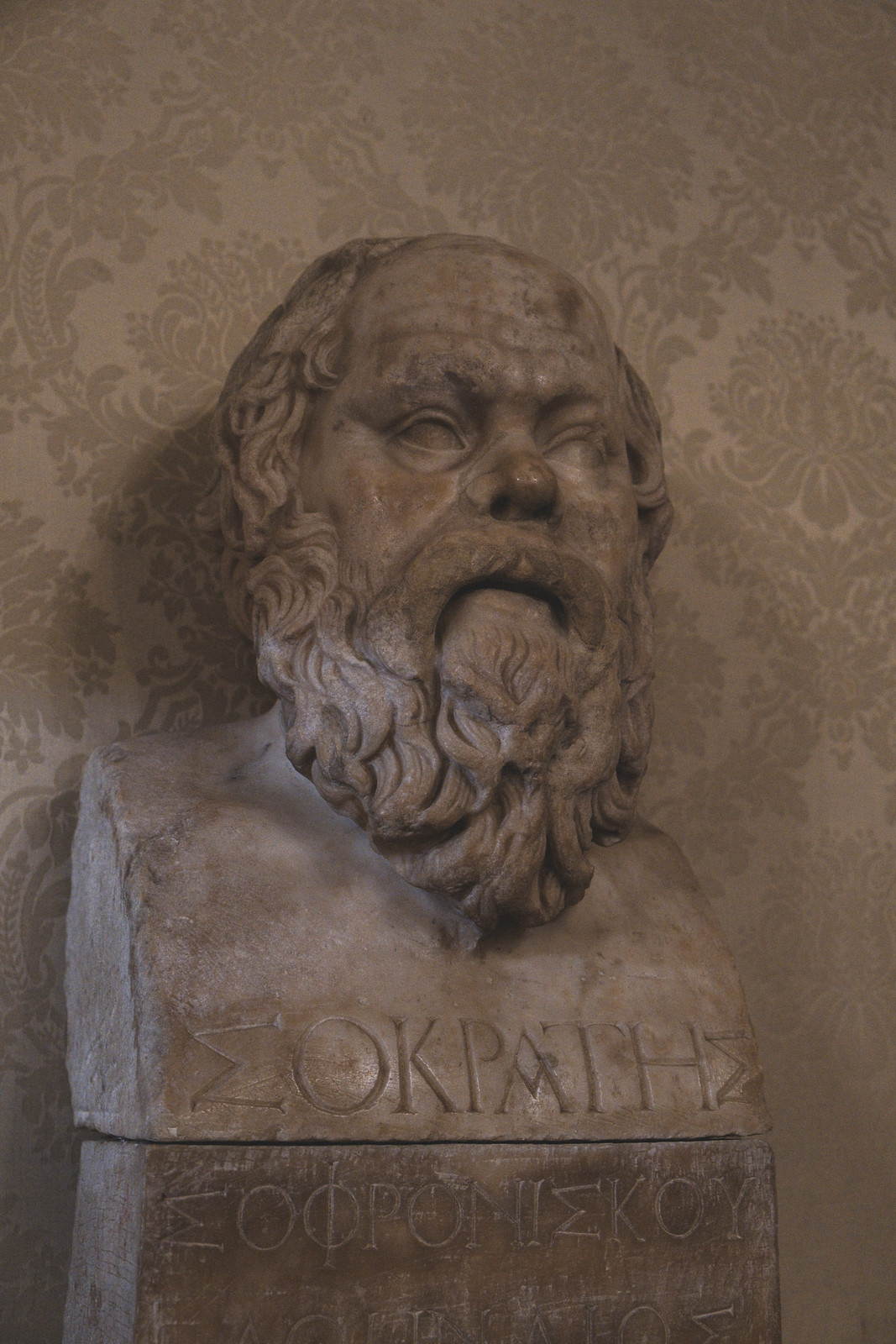

The Palazzo dei Conservatori also holds the Conservator’s Apartment, which is distinguished by its rich frescoes, tapestries, carved ceilings, and stuccos.










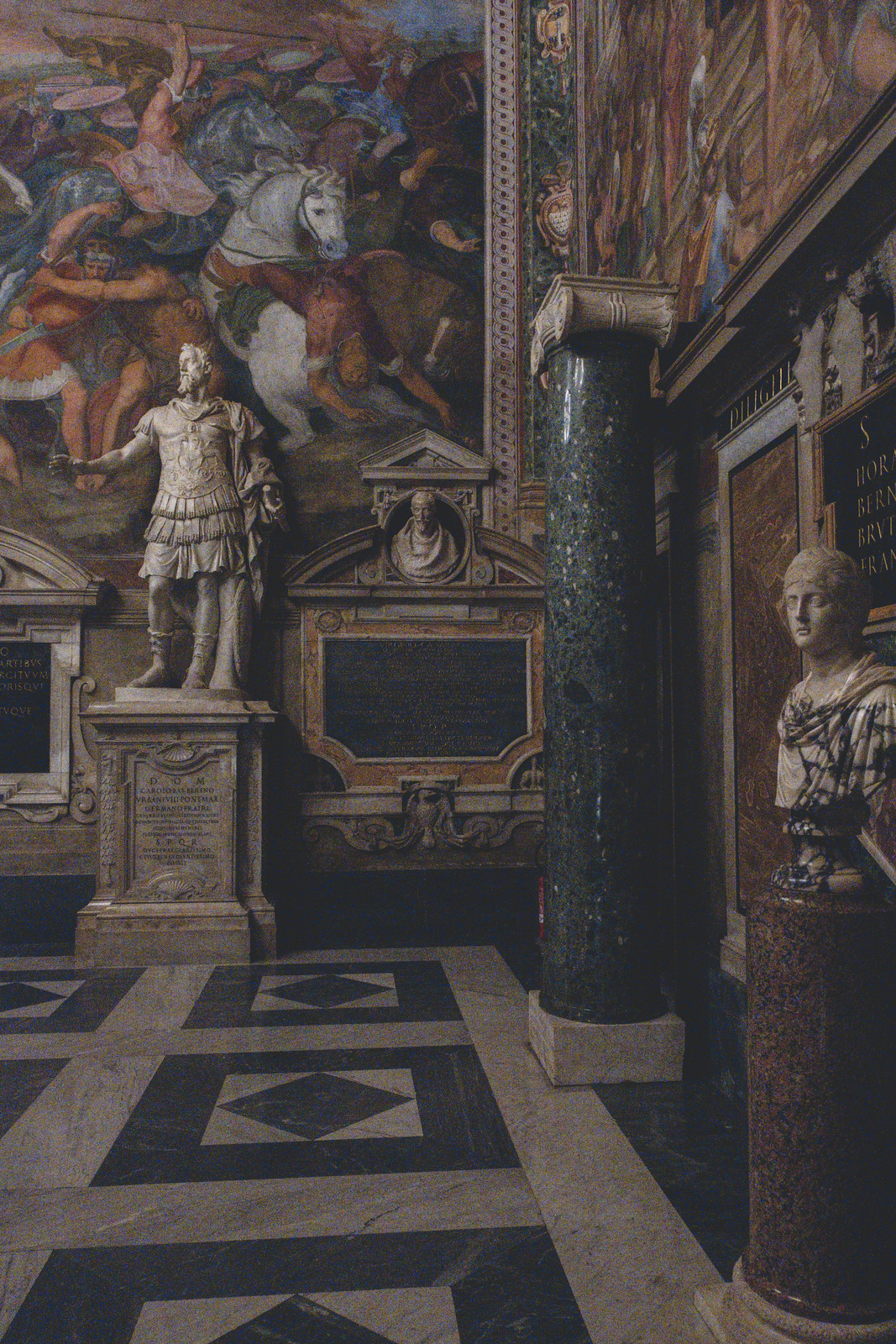
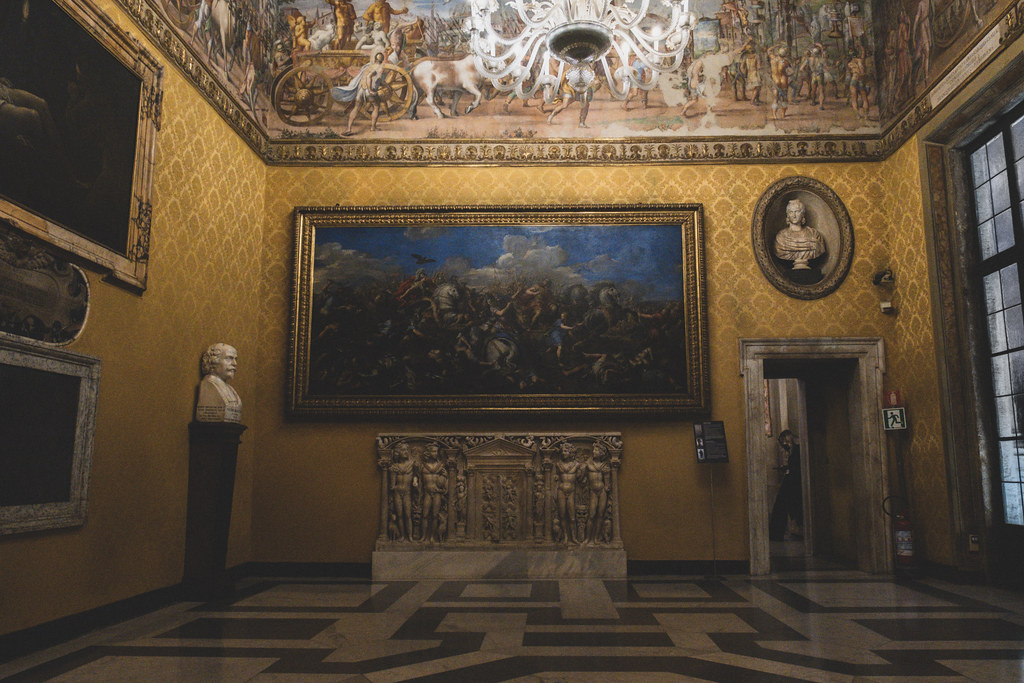







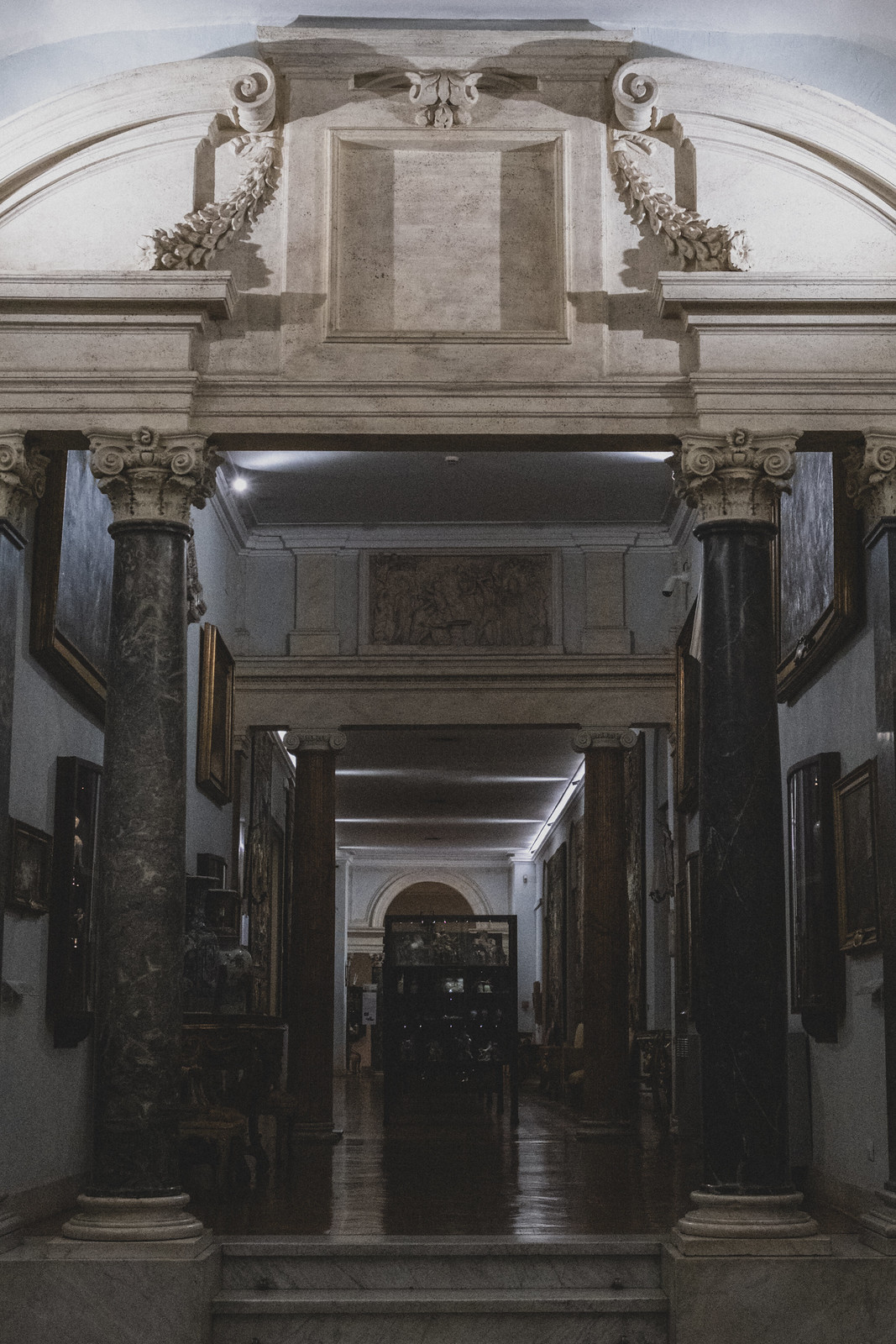
The third floor of the Palazzo dei Conservatori holds the Capitoline Art Gallery. This level houses the museum’s painting gallery, which includes works by Tintoretto, Peter Paul Rubens, and Caravaggio.
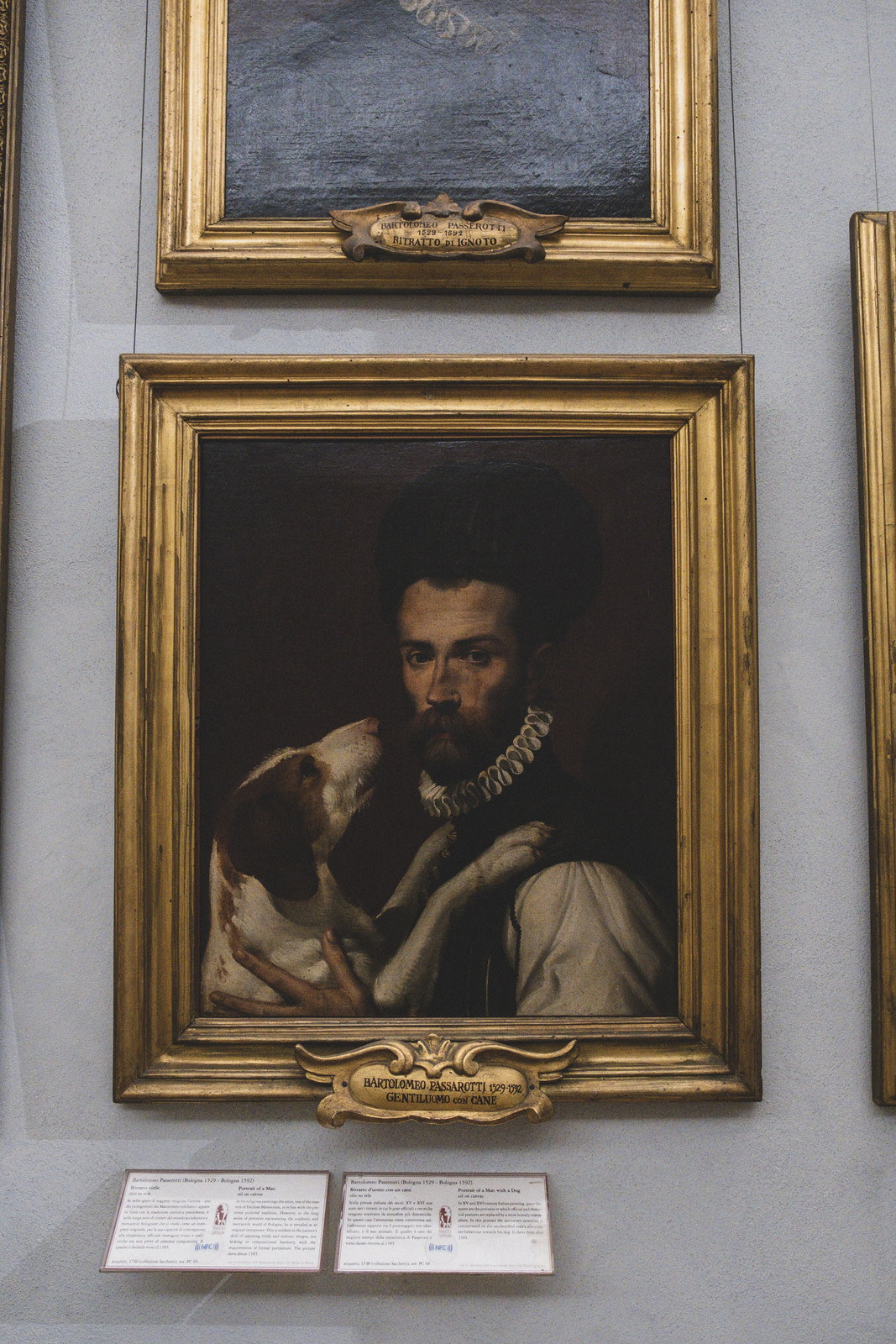


















What a beauty this building, the Vittorio Emanuele II monument (also known as the Altare della Patria), is at night.



